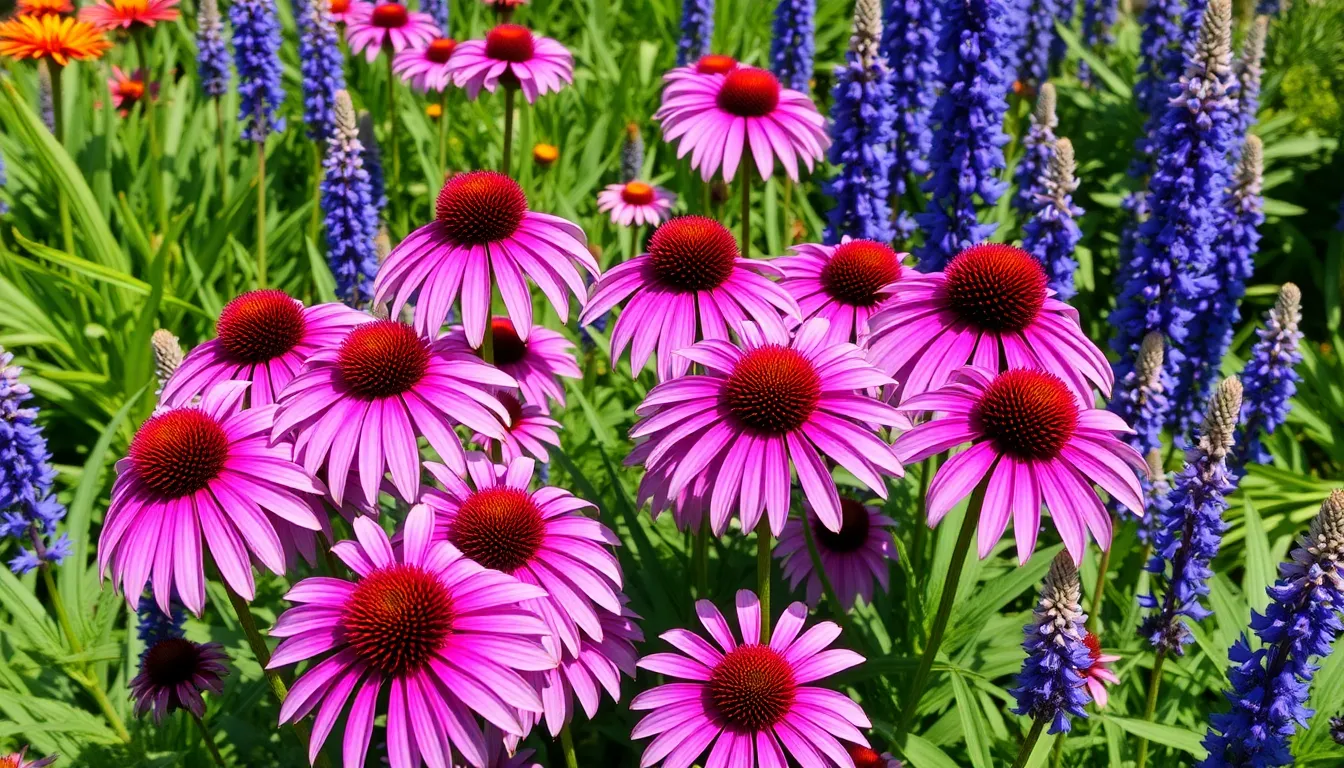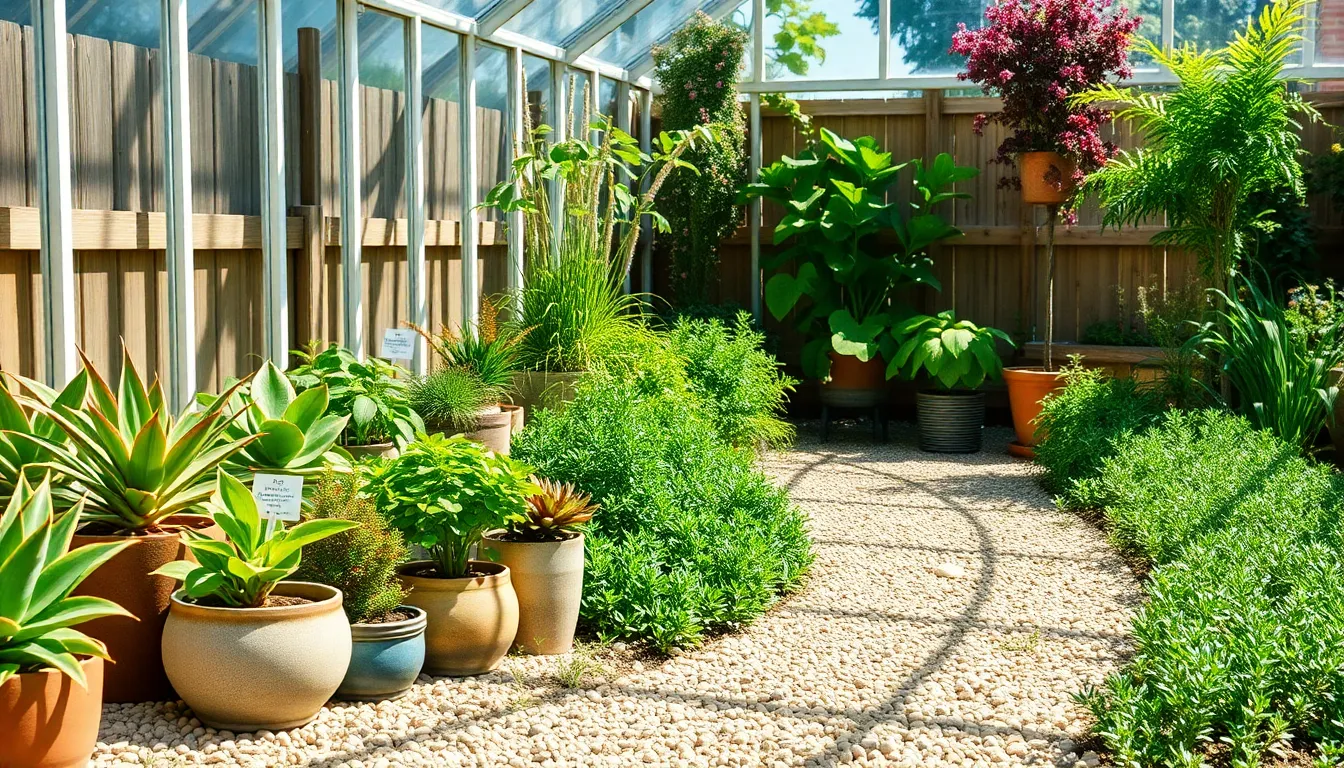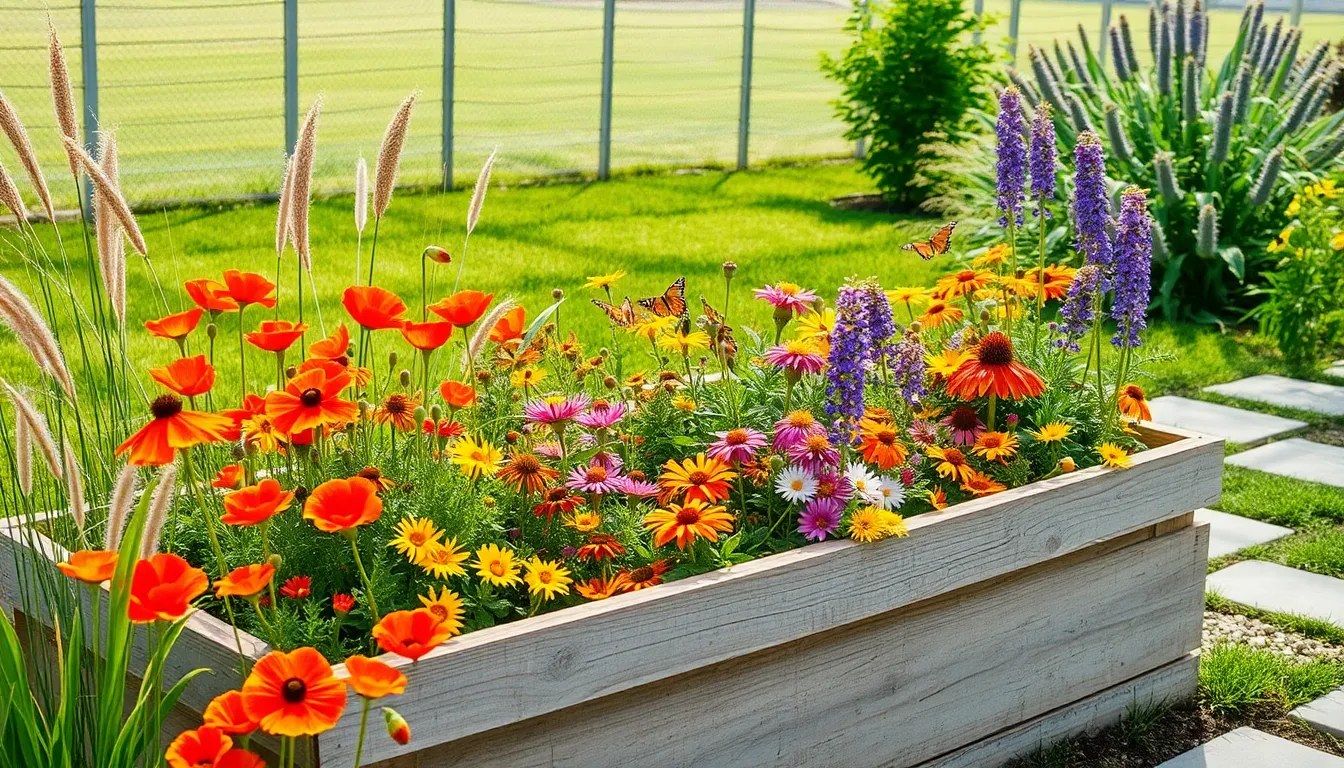Spring is the season where gardens come alive, and whether you’re just getting your hands dirty for the first time or you’ve been tending to your beds for years, there’s nothing quite like the joy of watching perennials bloom afresh. For both novices and seasoned green thumbs, our selection of the best perennials promises not only to transform your garden into a vibrant tapestry of colors but also to offer reliable beauty year after year.
In this guide, you’ll discover a thoughtfully curated list of plants that thrive with minimal fuss, ensuring that you can spend more time enjoying your garden and less time worrying about it. With insights tailored to help you select, plant, and nurture these enduring beauties, you’ll find that creating a stunning spring garden is not just a possibility, but an achievable delight waiting to unfold right outside your door.
Embrace the rewards of a flourishing spring garden, where each plant is a testament to your care and vision. As you delve into the pages ahead, feel confident in your ability to cultivate a space that not only enchants the senses but also fills you with a sense of accomplishment and joy.
Peonies (Long-Lasting Blooms)
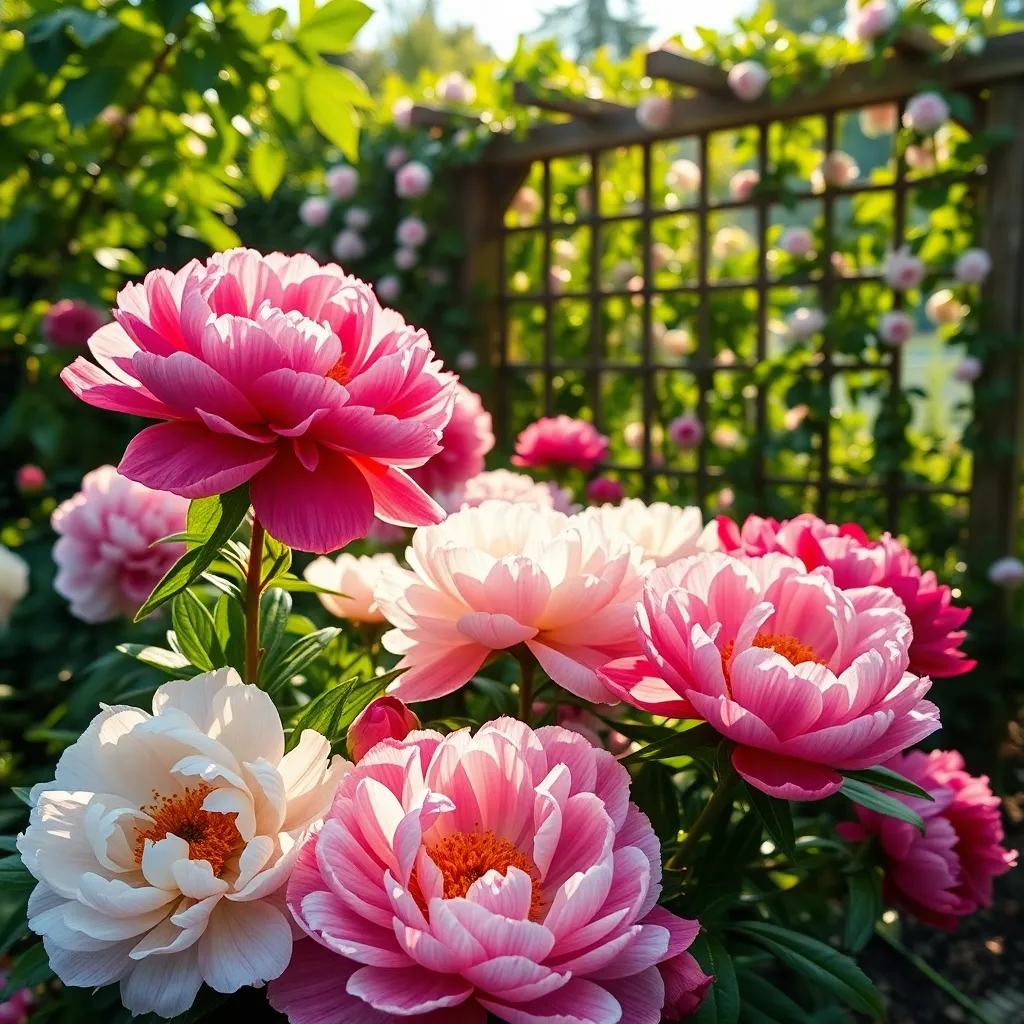
Peonies are a stunning addition to any spring garden, offering blooms that are both fragrant and long-lasting. To ensure they thrive, plant them in a location that receives full sun and has well-draining soil.
When planting peonies, it’s crucial to position the tubers no deeper than two inches below the soil surface to prevent poor flowering. For optimal growth, enrich the soil with a mix of compost or well-rotted manure, which will provide the necessary nutrients.
Watering peonies consistently is key, especially during dry spells, but be careful not to overwater as this can lead to root rot. A good mulch layer around the base helps retain moisture and suppress weeds, contributing to healthy plant development.
For gardeners looking to maximize blooms, deadheading spent flowers encourages further blooming and maintains the plant’s appearance. More experienced gardeners can divide mature peony clumps in the fall to propagate new plants and rejuvenate older ones, ensuring a vibrant garden year after year.
Daylilies (Vibrant Color Variety)
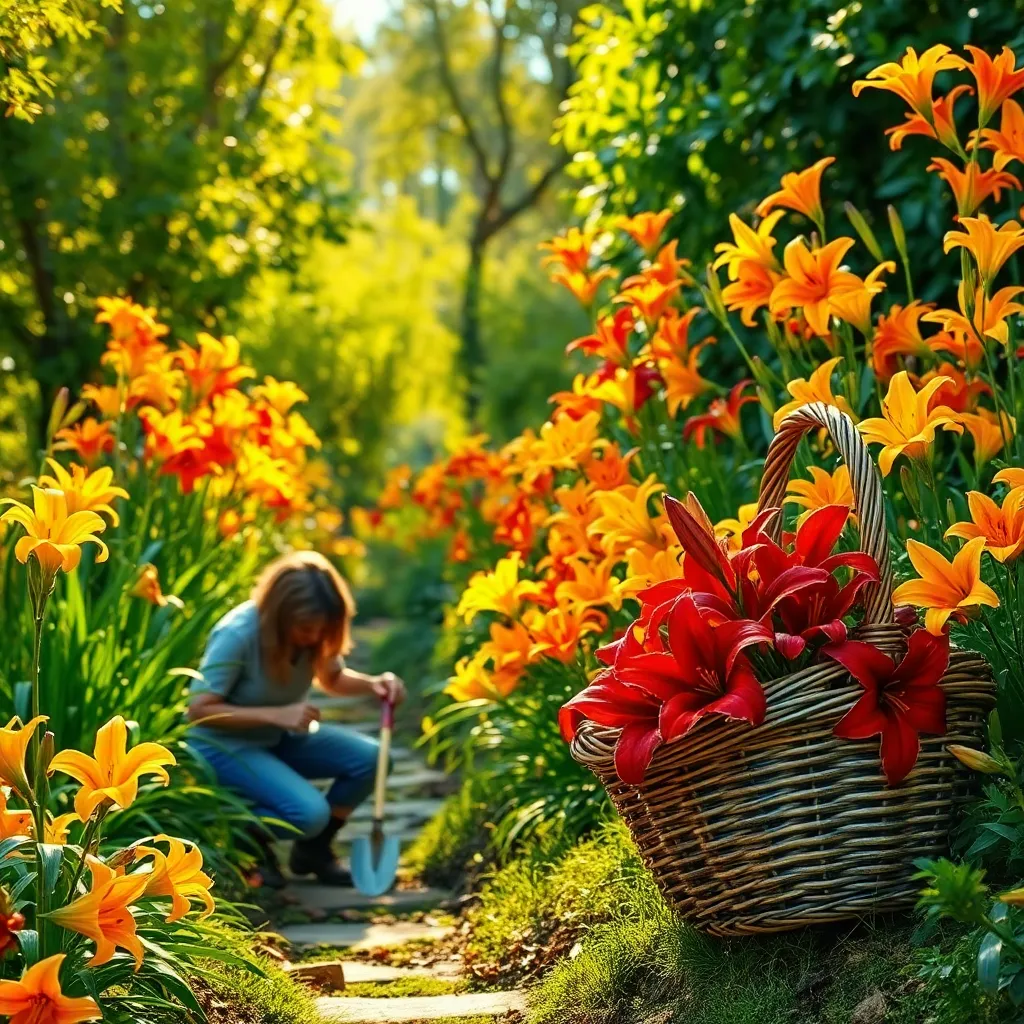
Daylilies are a fantastic addition to any spring garden due to their vibrant color variety and low-maintenance nature. These hardy perennials thrive in full sun and well-drained soil, making them suitable for a wide range of climates.
For best results, plant daylilies in soil that is rich in organic matter, such as compost or well-rotted manure. This enhances their growth and bloom production, ensuring a stunning display throughout the season.
Water your daylilies consistently, especially during dry spells, but be cautious not to overwater, as this can lead to root rot. A good practice is to water deeply once a week, allowing the soil to dry slightly between waterings.
Encourage more blooms by deadheading spent flowers and cutting back the foliage in late fall. Advanced gardeners can experiment with dividing daylilies every three to four years to promote vigor and improve plant health.
Hostas (Shade-Loving Foliage)
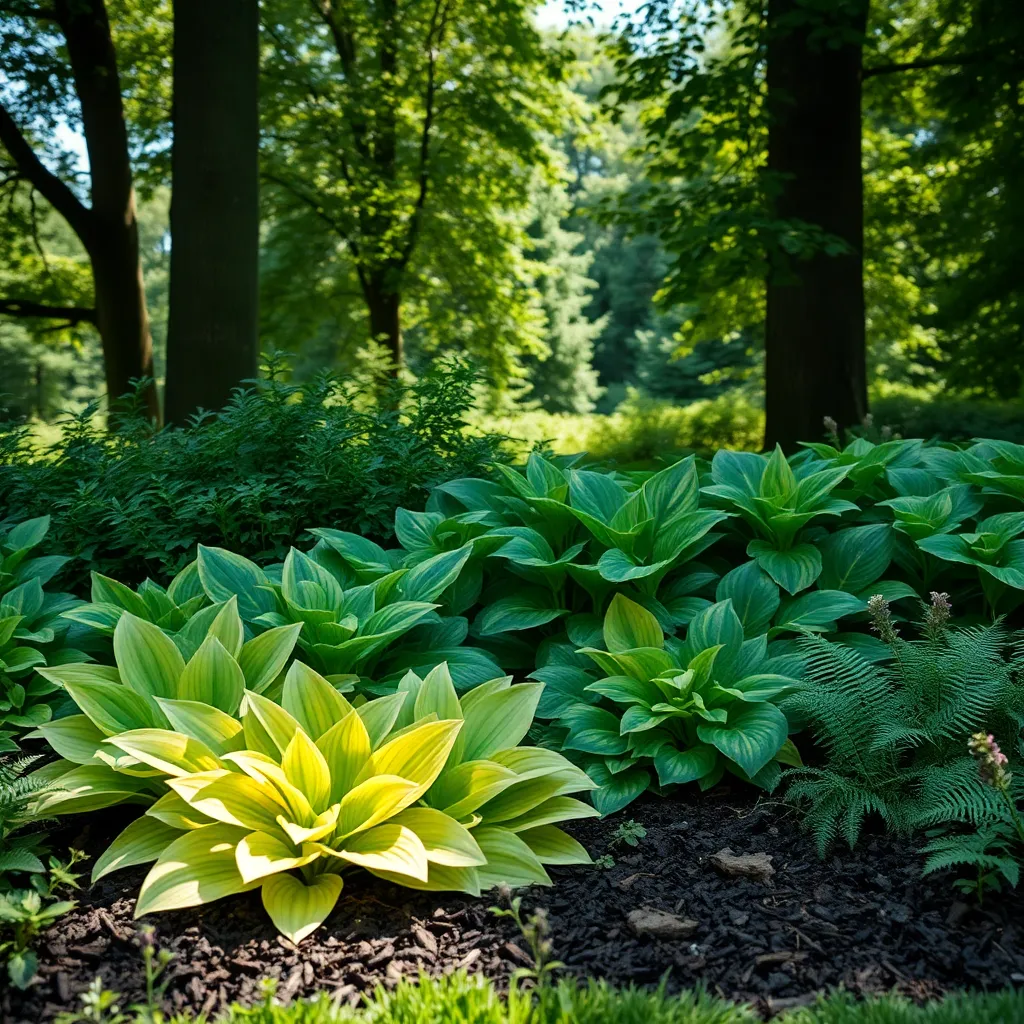
For a lush and serene addition to your spring garden, consider planting hostas, known for their stunning foliage. These shade-loving perennials thrive in areas with dappled sunlight, making them perfect for spaces under trees or along the north side of your home.
Hostas prefer rich, well-draining soil with plenty of organic matter, which helps retain moisture. To keep your hostas thriving, water them regularly, ensuring the soil remains consistently moist but not waterlogged.
While hostas are generally low-maintenance, they do appreciate a layer of mulch to regulate soil temperature and conserve moisture. Apply a 2-3 inch layer of organic mulch, such as shredded bark or compost, around the base of the plants, taking care not to cover the crown.
For gardeners looking to enhance their hosta care, consider dividing mature clumps every 3 to 4 years to maintain vigor and promote growth. Early spring or early fall is the best time for division, ensuring each section has several shoots and a healthy root system.
Coneflowers (Pollinator-Friendly Appeal)
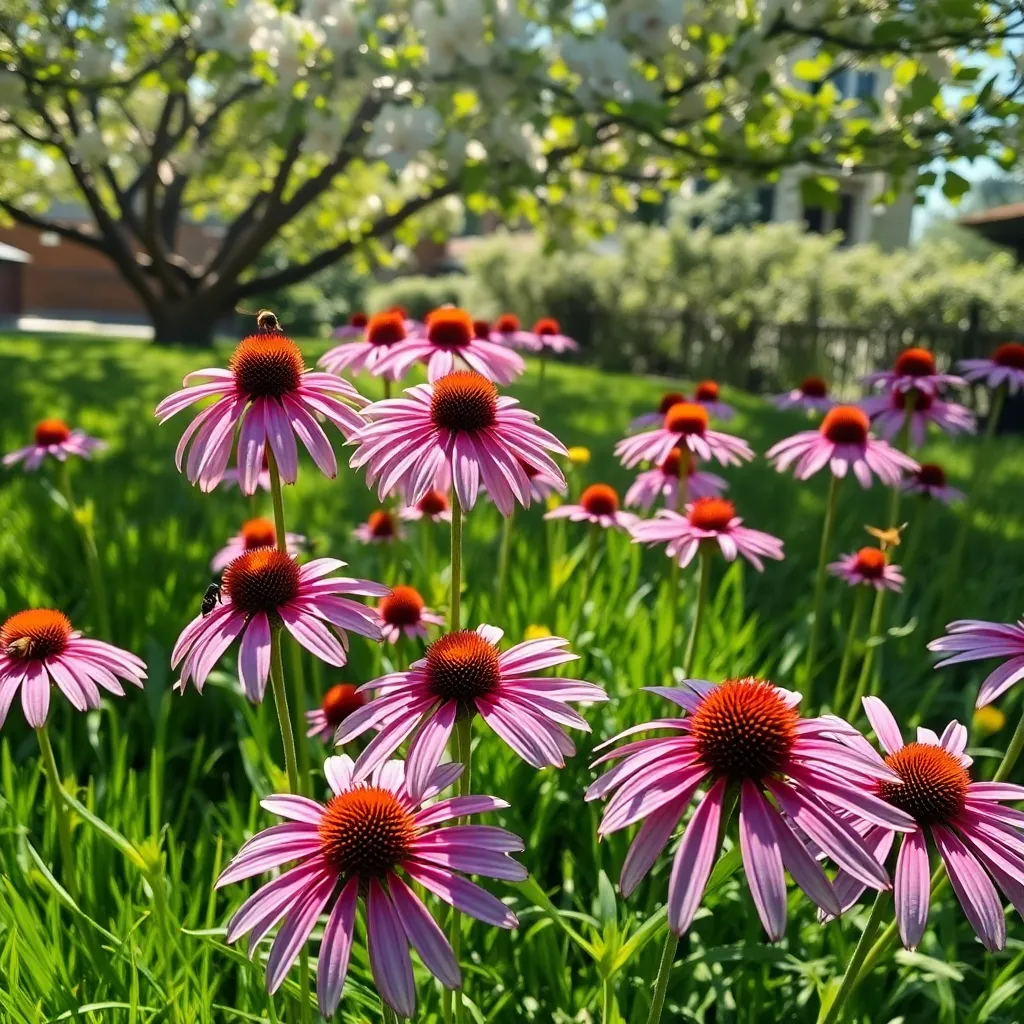
Incorporating coneflowers into your garden not only adds vibrant color but also attracts essential pollinators like bees and butterflies. These hardy perennials thrive in full sun and well-drained soil, making them a versatile choice for many garden settings.
For best results, plant coneflowers in soil enriched with organic matter to enhance their growth and bloom quality. It’s crucial to water them deeply but infrequently, allowing the soil to dry out between waterings to prevent root rot.
Beginners will appreciate the low maintenance nature of coneflowers, as they are drought tolerant once established. More experienced gardeners can experiment with deadheading spent blooms to encourage a longer flowering period and maintain a tidy appearance.
Consider planting coneflowers in groups of three or more for a more dramatic visual impact and increased attraction for pollinators. For those looking to expand their gardening prowess, try growing them from seed in early spring for a rewarding, hands-on experience.
Sedum (Low-Maintenance Ground Cover)

Sedum, also known as stonecrop, is a fantastic choice for a low-maintenance ground cover in your spring garden. These hardy perennials are incredibly easy to care for, making them ideal for both novices and seasoned gardeners.
One of the key benefits of sedum is its ability to thrive in poor soil conditions. As long as the soil is well-draining, sedum will flourish, even in sandy or rocky areas where other plants might struggle.
To plant sedum successfully, position it in a spot that receives full sun to ensure vigorous growth and vibrant blooms. While it is drought-tolerant once established, new plants will benefit from a light watering schedule until they are settled.
For those looking to expand their sedum patches, propagation is a breeze—simply take stem cuttings and plant them directly in the soil. For best results, consider applying a balanced, slow-release fertilizer in early spring to give your sedum a nutritional boost.
Conclusion: Growing Success with These Plants
In exploring the vibrant world of perennials, we’ve uncovered five key relationship concepts that can transform your garden into a sanctuary of beauty and resilience. First, understanding compatibility helps in choosing plants that thrive together, much like nurturing harmonious relationships. Second, the importance of consistency in care mirrors the attention needed to maintain strong connections. Third, diversity brings richness to your garden and relationships alike, fostering growth and resilience. Fourth, patience is essential, as both gardens and relationships flourish over time. Finally, balance ensures that all elements coexist peacefully, creating harmony in your garden and personal life.
To put these insights into practice, start by selecting one perennial to plant this weekend, and reflect on how its care parallels nurturing your relationships. By doing so, you’re not only enhancing your garden but also enriching your connections.
Remember to bookmark this article as a valuable resource for relationship success, ensuring you have guidance at your fingertips. As you cultivate your garden and relationships, know that with dedication and care, both will blossom beautifully, promising a future filled with growth and joy. Empower yourself today to nurture what matters most. 🌸

